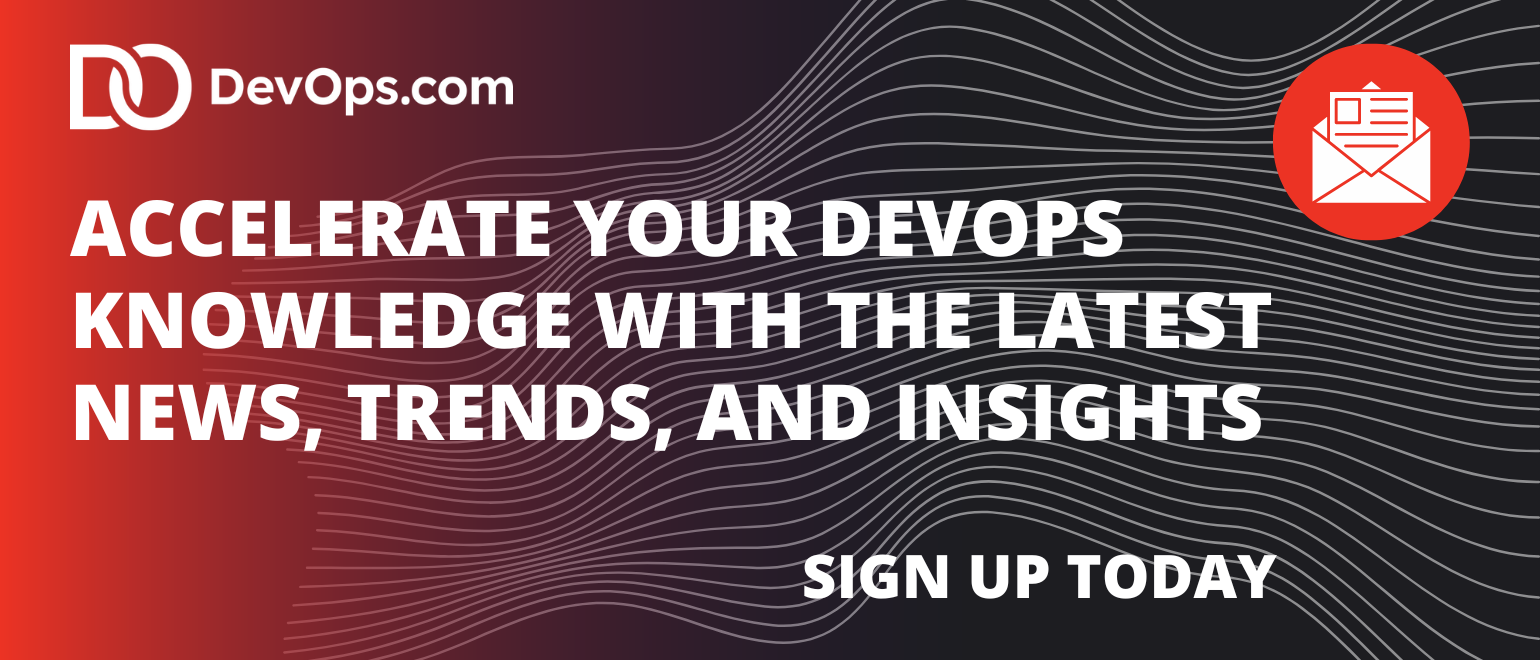I’ve been around this space long enough to remember when any attempt to wedge something between “Dev” and “Ops” would set my teeth on edge. There was only DevOps — pure and simple. The term represented a cultural and technical shift in how we build and run software. Adding extra syllables in the middle felt like watering it down.
But at JFrog’s swampUp conference this week, I was reminded that sometimes the middle matters. The new variant I heard about — DevGovOps — isn’t just another buzzword grafted onto the DevOps family tree. It struck me as something worth paying attention to, especially given where we are in this age of AI.
The Long Line of “XXOps”
Let’s be honest: The “Ops suffix” has been abused. Over the years, we’ve seen attempts to coin DevBizOps, DevSalesOps, and more. Most of them never got past the press-release stage.
But DevSecOps was the turning point. Initially, I thought it was unnecessary — security should already have been part of DevOps. Yet DevSecOps resonated because it forced organizations to recognize security as a first-class citizen in the software supply chain. It became shorthand for cultural change, tooling integration and process realignment. In short, it earned its place.
Since then, I’ve been more willing to listen when new variations come along. Most still fade away, but once in a while, something sticks. DevGovOps, in my opinion, has the potential to be one of those.
What is DevGovOps?
At its core, DevGovOps is about weaving governance into DevOps practices. Governance isn’t glamorous. It conjures images of checklists, auditors and compliance officers wagging fingers at engineers. But in the real world of modern enterprises, governance is no longer optional.
Why now? Because AI has changed the game. With the explosion of shadow AI — teams experimenting with ChatGPT, GitHub Copilot, or custom LLMs without IT’s blessing — organizations need visibility and guardrails. Boards are asking tough questions. Regulators are circling. CIOs are feeling pressure to show they’re in control.
DevGovOps offers a way forward: Instead of banning or stifling innovation, it proposes structured governance built into the DevOps pipeline. Done right, it enables creativity while protecting the business.
swampUp and JFrog’s Play
JFrog, to their credit, has a knack for spotting emerging patterns in software delivery. At swampUp this year, their announcements reinforced the idea that governance is moving front and center.
JFrog highlighted features in its platform designed to address AI supply chains, artifact trust and compliance. These are not theoretical problems — they’re real challenges enterprises face today. How do you know which AI models are being used in your org? Are they secure? Are they licensed properly? What happens if code generated by an LLM introduces risk?
This is where DevGovOps comes in. It’s not governance bolted on after the fact. It’s governance integrated into the flow of DevOps itself. Think of it as DevSecOps’ cousin — but instead of zeroing in on threats from outside attackers, DevGovOps focuses on organizational accountability, transparency and compliance in the AI era.
Governance Without the Chill
The danger, of course, is overreach. If DevGovOps devolves into bureaucracy, it risks killing the very experimentation that makes AI exciting. The last thing anyone wants is engineers filling out forms in triplicate just to test a model.
The real promise of DevGovOps is that it shouldn’t be a chilling effect. It should be an enabler. Governance frameworks should provide safe playgrounds for teams to try AI, knowing there are rails to keep things from going off the cliff.
Imagine a DevOps pipeline where governance rules are automated:
- AI usage is logged and tracked.
- Model sources are verified.
- Compliance requirements are checked automatically.
- Alerts fire when risk thresholds are crossed.
In this world, engineers aren’t slowed down — they’re empowered. They can move fast, knowing someone (or rather, something) has their back.
Why it Matters in the Age of AI
The stakes here aren’t trivial. Shadow AI isn’t going away. Developers, testers, ops teams and even business analysts are going to use AI tools whether or not IT approves. The question isn’t if AI seeps into the software lifecycle — it’s how responsibly it does.
Boards and executives know this. Gartner recently reported that a large share of CIOs are increasing budgets under direct pressure from their boards, specifically to address AI. That’s governance demand, plain and simple.
DevGovOps is one answer to that demand. It frames governance not as a roadblock but as part of the cultural and technical DNA of how we build, ship, and run software in 2025 and beyond.
Shimmy’s Take
So, is DevGovOps just another marketing term or something real?
I’ve been skeptical before, and I’ll admit — a lot of these “XXOps” variants don’t deserve to last. But DevGovOps hits differently. With AI running wild, shadow projects multiplying, and governance pressure mounting from the top down, this isn’t a fad. It’s a necessity.
No, it doesn’t mean we throw out DevOps or pretend governance was never there. It means we recognize governance as a first-class part of the process. We give it a name. We operationalize it. We use it to protect the business without handcuffing innovation.
Like it or not, DevGovOps is here. And if you care about responsible AI adoption — and you should — it’s going to matter a lot more than most people think.




